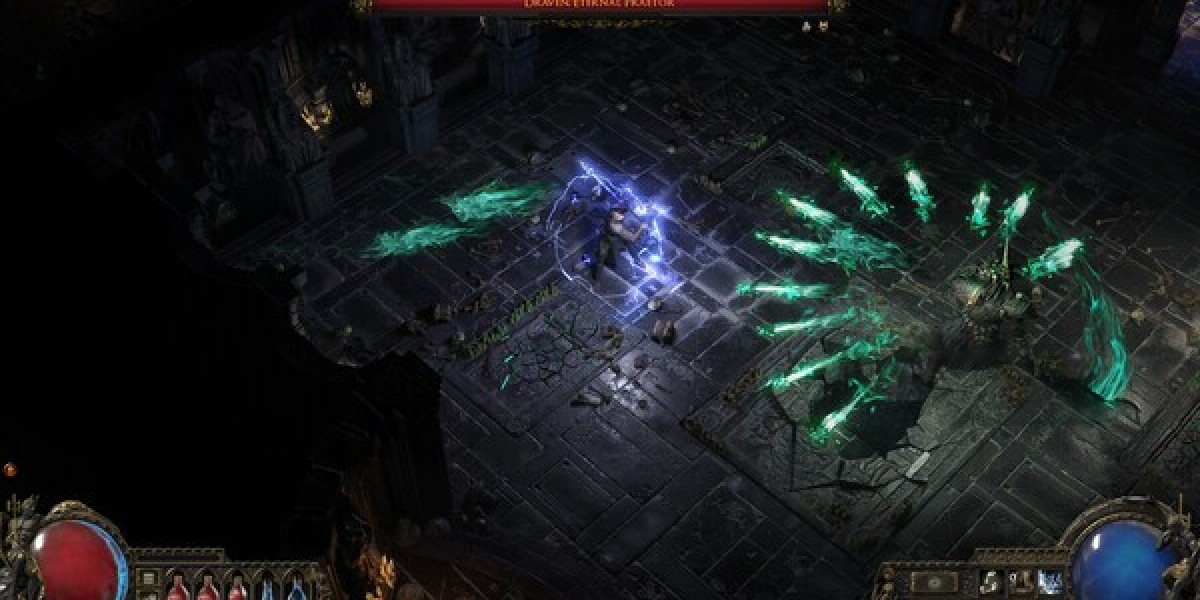Exploring the Temples of Dendera and Abydos: Sacred Sites of Ancient Egypt
The ancient temples of Dendera and Abydos are among the most significant archaeological sites in Egypt, offering a fascinating insight into the religious practices and architectural achievements of ancient Egyptian civilization. Each temple holds its unique historical and cultural significance, making them must-visit destinations for anyone interested in Egypt’s rich heritage.
Dendera Temple Complex
1. Temple of Hathor
- Location: The Dendera Temple complex is located about 2.5 kilometers south of the town of Dendera, near Luxor.
- Deity: The temple is dedicated to Hathor, the goddess of love, beauty, music, and motherhood, often depicted as a cow or a woman with cow horns.
- Architecture: The Temple of Hathor is a well-preserved example of Ptolemaic architecture, completed during the reign of Pharaoh Ptolemy IV around 54-30 BCE. The temple features a large hypostyle hall, intricately decorated columns, and beautifully carved reliefs.
- Highlights:
- Astrological Ceiling: One of the temple's most famous features is the astrological ceiling, which depicts the zodiac and the cosmos. It provides insights into the ancient Egyptians' understanding of astronomy.
- Reliefs and Inscriptions: The walls of the temple are adorned with colorful reliefs and inscriptions that depict various rituals, ceremonies, and offerings to Hathor. The depictions of Cleopatra VII and Julius Caesar also grace the temple, highlighting its historical significance.
- Sacred Lake: The complex also includes a sacred lake used for purification rituals and ceremonies, adding to the temple's spiritual ambiance.
Abydos Temple Complex
2. Temple of Seti I
- Location: The Abydos Temple complex is located approximately 450 kilometers north of Luxor, near the modern town of Abydos.
- Deity: The temple is dedicated to Osiris, the god of the afterlife, and serves as a place of pilgrimage for those seeking to honor the deceased.
- Architecture: The Temple of Seti I, built by Pharaoh Seti I during the 19th Dynasty (around 1290-1279 BCE), is renowned for its impressive reliefs and intricate carvings. The temple complex is a blend of religious and funerary architecture, reflecting the importance of Osiris in ancient Egyptian beliefs.
- Highlights:
- Osiris Pillar: The temple features a large pillar dedicated to Osiris, symbolizing resurrection and eternal life. The reliefs depict scenes from the Osirian myth, emphasizing the theme of rebirth.
- The Abydos King List: One of the temple's most significant features is the Abydos King List, a chronological list of pharaohs inscribed on the walls. This list serves as an important historical record of ancient Egyptian rulers.
- Chamber of Ancestors: The temple also includes a sacred chamber where the names and images of earlier pharaohs are depicted, emphasizing the continuity of kingship and the importance of ancestral reverence.
Visiting Tips
- Best Time to Visit: The cooler months from October to April are ideal for exploring Dendera and Abydos, as the temperatures are more manageable for outdoor activities.
- Guided Tours: Consider joining a guided tour to gain insights into the history and significance of each site. Knowledgeable guides can provide context and enhance your understanding of the ancient beliefs associated with the temples.
- Respect the Sites: Always respect the ancient sites by adhering to guidelines, avoiding touching the reliefs, and preserving the integrity of the structures.
Conclusion
The temples of Dendera and Abydos are remarkable relics of ancient Egypt, showcasing the grandeur of religious architecture and the deep spiritual beliefs of the time. Visiting these sites offers a unique opportunity to connect with the past and appreciate the artistry and ingenuity of the ancient Egyptians. Whether you are an archaeology enthusiast or a curious traveler, these temples are sure to leave a lasting impression



